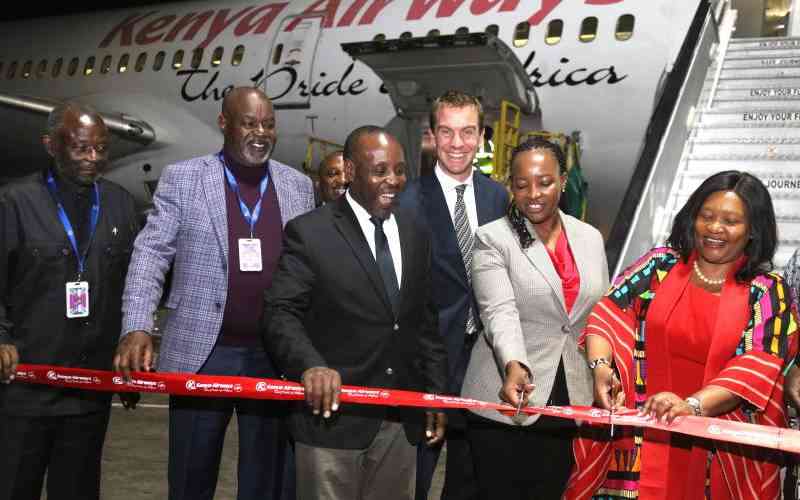The African airline industry faces profound operational and financial challenges, yet its role in national development means it must be assessed by more than profitability alone. The complexities involved in sustaining a viable aviation business, especially in Africa, are galore.
Aviation is one of the most regulated industries globally, with strict safety, security, environmental and economic standards. While these regulations are essential, complying with them comes at a significant cost. Further, the industry is highly susceptible to external shocks – economic downturns, pandemics, geopolitical tensions and shifting market trends – which often lead to sudden drops in demand.
Adding to this complexity is the limited ability of airlines to adjust fares in line with inflation. Regulatory constraints, fierce competition and broader economic conditions make it difficult for airlines to raise ticket prices freely.
Consequently, the industry remains a capital-intensive, low-margin business. According to data from the International Air Transport Association (IATA), net profit margins are modest across the board, with Africa’s at just 1 per cent. In terms of profit per passenger, African airlines earn only USD1.20, compared to USD8 in Europe and USD10 in North America.
Follow The Standard
channel
on WhatsApp
Kenya Airways (KQ), a key national carrier, exemplifies the fragile state of African airlines. Despite finally returning to profitability after years of losses, the airline now grapples with major operational issues. Its Boeing 787 Dreamliner engines – nearing the end of their 10-year lifecycle – require mandatory overhauls. However, global maintenance facilities are overbooked due to increased post-pandemic demand, shortage of engineers and supply chain disruptions from the Russia-Ukraine conflict. As a result, three KQ planes have been grounded since the start of the year, reducing fleet capacity by 20 per cent. This disruption is likely to heavily impact the airline’s revenue and bottom line.
Uganda Airlines is facing similar constraints. It plans to retire its Bombardier CRJ 900 jets due to difficulties sourcing replacement parts, a challenge that has made aircraft maintenance increasingly expensive and impractical.
One potential solution to these disruptions is expanding fleet size to create redundancy – maintaining backup aircraft that can be deployed when others are grounded. However, this approach requires immense capital investment, which many African airlines cannot currently afford. Furthermore, even if funding were available, aircraft manufacturers like Boeing and Airbus face delivery backlogs approaching 17,000 planes, meaning new orders could take up to 11 years to fulfill.
Given these hurdles, African airlines might benefit more from strategic consolidation. Kenya Airways is pushing to form a Pan-African Airline Group, aiming to pool resources and reduce operational inefficiencies through regional collaboration. The corollary to this is that airlines – especially national carriers – should be considered strategic national assets essential to a country’s development, not merely commercial enterprises.
Aviation boosts trade, tourism, regional integration and national prestige. Ethiopia is an exemplar of this approach. Government backed Ethiopian Airlines has become Africa’s most successful carrier through consistent state support.
While the government has supported KQ via debt restructuring and guarantees, more robust investment is required. To successfully turnaround KQ, it needs significant capital, ideally from a strategic national investor backed by the government.
Mr Khafafa is a public policy analyst
Follow The Standard
channel
on WhatsApp
By Leonard Khafafa
